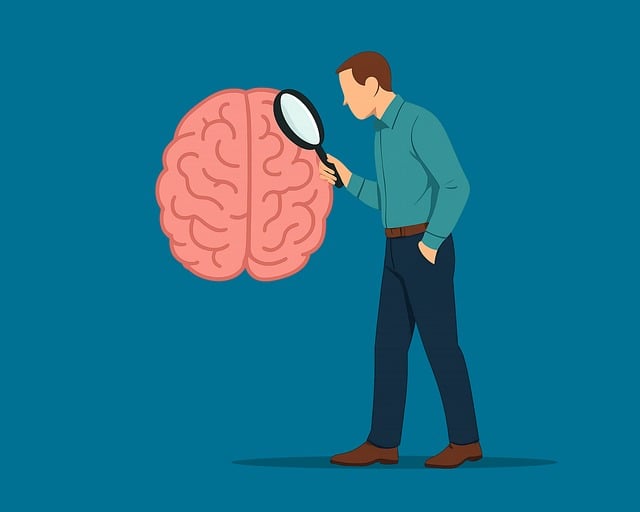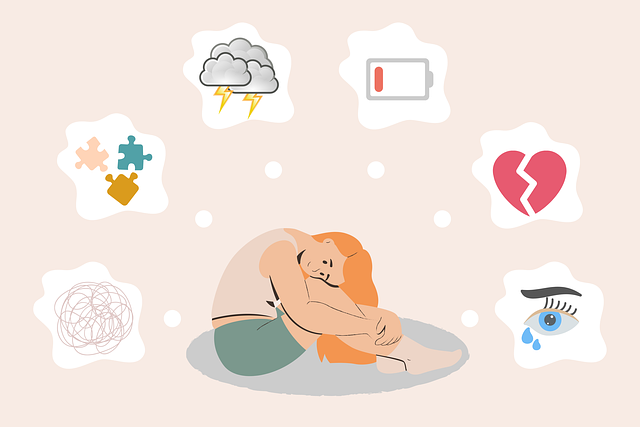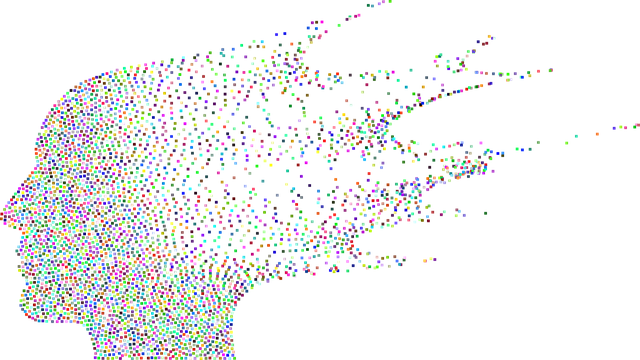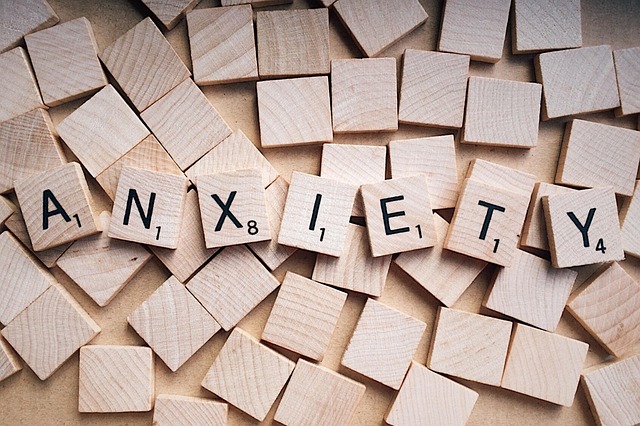Mental wellness programs, like Littleton Post-Traumatic Stress Disorder (PTSD) Therapy, combine cognitive-behavioral therapy, mindfulness, and group support for stress management, anxiety, and trauma recovery. Evaluation is key using surveys, interviews, and data analysis to measure progress and improve tailored healing processes. Direct methods assess specific mental health aspects before/after the program, while indirect methods like self-report questionnaires gauge emotional well-being changes. Client feedback is crucial for adjusting treatment plans and enhancing outcomes, with long-term studies showing reduced PTSD symptoms up to a year post-therapy due to integrated compassion cultivation, resilience building, and confidence boosting techniques.
Mental wellness programs, such as Littleton Post-Traumatic Stress Disorder (PTSD) therapy, require rigorous evaluation to ensure their effectiveness. This article delves into various methods used to assess these programs, from direct measurement techniques like surveys and interviews to indirect assessments through client outcomes and feedback. We explore the critical role of client feedback in optimizing Littleton PTSD therapy and examine how to measure long-term impact and sustainability for informed decision-making.
- Understanding Mental Wellness Programs and Their Evaluation
- Assessing Effectiveness: Direct Measurement Techniques
- Indirect Assessment Methods for Program Evaluation
- The Role of Client Feedback in Littleton PTSD Therapy
- Measuring Long-term Impact and Sustainability
Understanding Mental Wellness Programs and Their Evaluation

Mental wellness programs are designed to promote overall well-being and address various aspects of mental health, including stress management, anxiety reduction, and trauma recovery, such as Littleton Post-Traumatic Stress Disorder (PTSD) Therapy. These programs often employ a multifaceted approach, incorporating therapeutic techniques like cognitive-behavioral therapy, mindfulness practices, and group support sessions to cater to diverse needs. Effective evaluation methods are crucial for understanding the impact and success of these initiatives.
Evaluation plays a pivotal role in mental wellness programs by providing insights into their effectiveness, identifying areas for improvement, and ensuring they meet the unique emotional healing processes of participants. By employing qualitative and quantitative methods, such as surveys, interviews, and data analysis, organizations can assess key outcomes related to mood management and overall mental health. This process is essential not only for program refinement but also for fostering public awareness campaigns development that promote mental wellness on a larger scale.
Assessing Effectiveness: Direct Measurement Techniques

When evaluating the effectiveness of mental wellness programs, particularly those focused on conditions like Post-Traumatic Stress Disorder (PTSD), direct measurement techniques offer valuable insights. These methods involve quantitative assessments to gauge changes in symptoms and overall well-being. For instance, standardized questionnaires and surveys can be administered before and after the program to measure specific aspects of mental health. In the context of Littleton PTSD Therapy, such evaluations might include assessing reductions in anxiety, depression, and PTSD symptom severity. This data provides concrete evidence of the program’s success in helping individuals manage their conditions.
One effective direct measurement technique is utilizing self-report measures that capture participants’ perceptions of their mental health. Additionally, clinical interviews can offer deeper insights into individuals’ experiences. These approaches are crucial for understanding how well a program aligns with its goals, especially when considering the impact of components like Mindfulness Meditation or Community Outreach Program Implementation. By comparing pre- and post-intervention data, practitioners and researchers can identify what aspects of the mental wellness program are most effective in treating conditions such as PTSD.
Indirect Assessment Methods for Program Evaluation

Indirect assessment methods play a crucial role in evaluating mental wellness programs like Littleton Post-Traumatic Stress Disorder (PTSD) Therapy. These techniques offer a glimpse into participants’ progress and program effectiveness without directly measuring outcomes. One widely used method is self-report questionnaires, where individuals share their experiences and perceptions related to symptoms of anxiety, depression, or PTSD. This provides valuable insights into emotional well-being changes over time.
Additionally, communication strategies and emotional intelligence assessments can be indirect metrics for success in these programs. Effective therapy often fosters better interpersonal communication and heightened emotional awareness. By evaluating clients’ ability to express themselves, regulate emotions, and understand others, practitioners gain a secondary measure of the program’s impact on participants’ mental wellness. Such indirect methods complement direct assessments, offering a more holistic view of progress made through therapeutic interventions, including stress reduction methods.
The Role of Client Feedback in Littleton PTSD Therapy

In Littleton Post-Traumatic Stress Disorder (PTSD) Therapy, client feedback plays a pivotal role in evaluating and enhancing treatment outcomes. It’s a dynamic process where individuals actively participate in reflecting on their therapeutic journey, offering insights into what works best for them. This feedback mechanism is crucial for tailoring treatment plans to align with each client’s unique needs and experiences. By collecting and analyzing responses, therapists can identify areas of improvement, adjust therapy techniques, and ensure the program effectively addresses symptoms related to PTSD.
Effective client feedback systems in PTSD therapy facilitate better risk management planning for mental health professionals. It helps in gauging clients’ satisfaction levels, understanding their progress, and making data-driven decisions. Moreover, integrating this feedback into the Mental Wellness Podcast Series Production can enrich content by featuring real-life experiences, thereby enhancing awareness about PTSD and promoting stress management strategies among a broader audience.
Measuring Long-term Impact and Sustainability

Evaluating the long-term impact of mental wellness programs is crucial to understanding their sustainability and effectiveness. This involves tracking participants’ progress well beyond the initial stages of therapy, particularly for conditions like Post-Traumatic Stress Disorder (PTSD). For instance, a study focusing on Littleton PTSD Therapy might reveal that after six months, participants demonstrated reduced symptoms and improved coping strategies. Follow-up assessments at one year showed maintained benefits, indicating the program’s long-lasting effects.
The integration of Compassion Cultivation Practices, Resilience Building, and Confidence Boosting techniques within these programs can significantly contribute to their success over time. By fostering emotional regulation and resilience, individuals equipped with these skills are better prepared to navigate future challenges, reducing the risk of relapse. Regular feedback from participants and continuous program refinement based on these insights ensure that the mental wellness initiatives remain tailored to evolving needs, ultimately enhancing their sustainability.
Evaluating mental wellness programs, such as the specialized Littleton Post-Traumatic Stress Disorder (PTSD) therapy, is a multifaceted process. By employing both direct measurement techniques and indirect assessment methods, practitioners can gain comprehensive insights into program effectiveness. Client feedback plays a pivotal role in this evaluation, offering valuable perspectives on their therapeutic journey. Furthermore, measuring long-term impact ensures that the program’s benefits extend beyond immediate sessions, fostering sustainability and continuous improvement in mental wellness initiatives.














